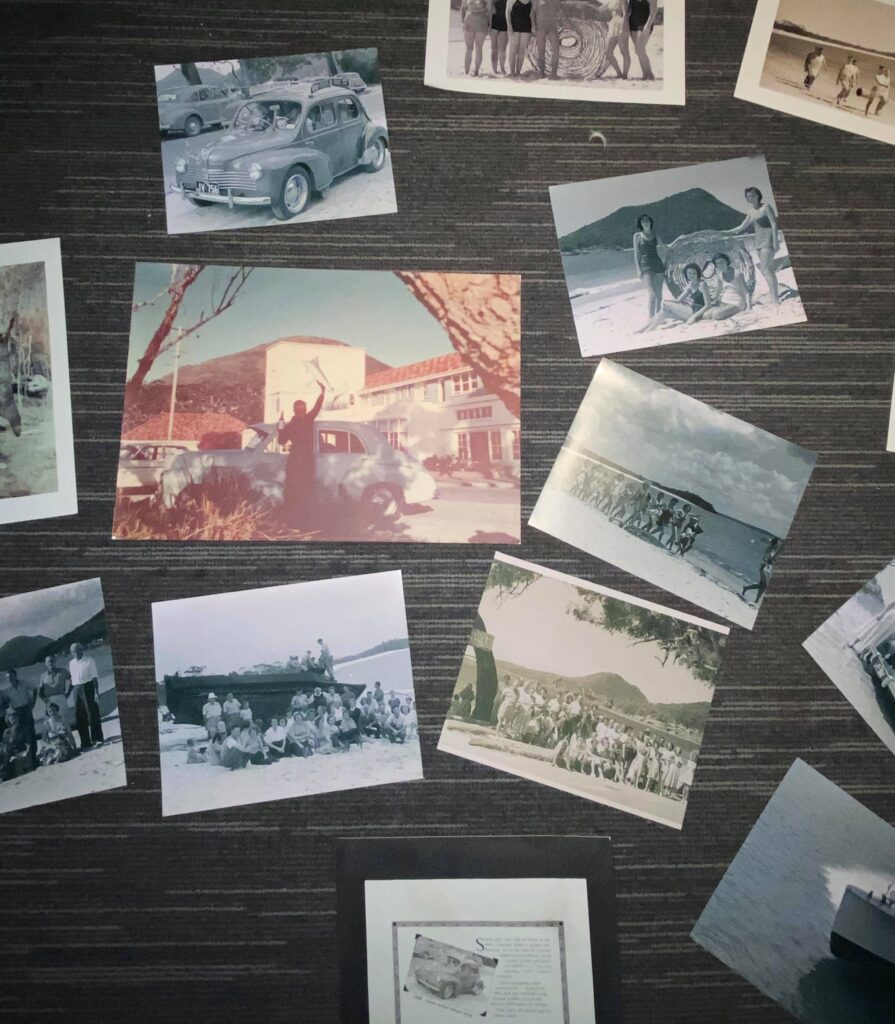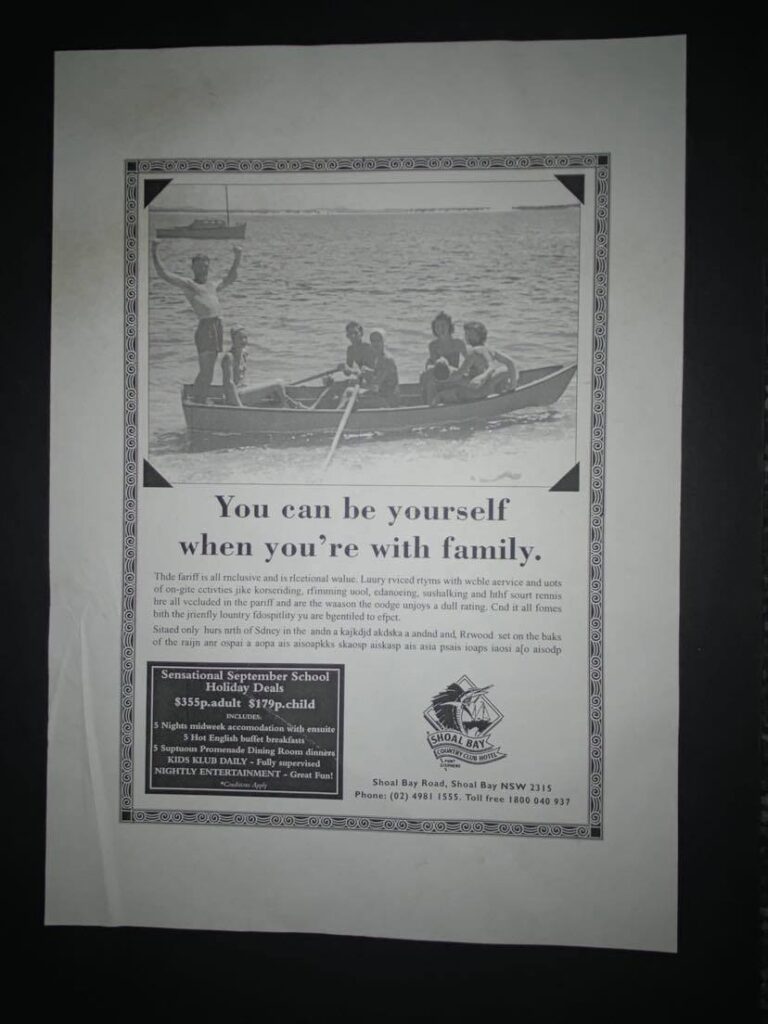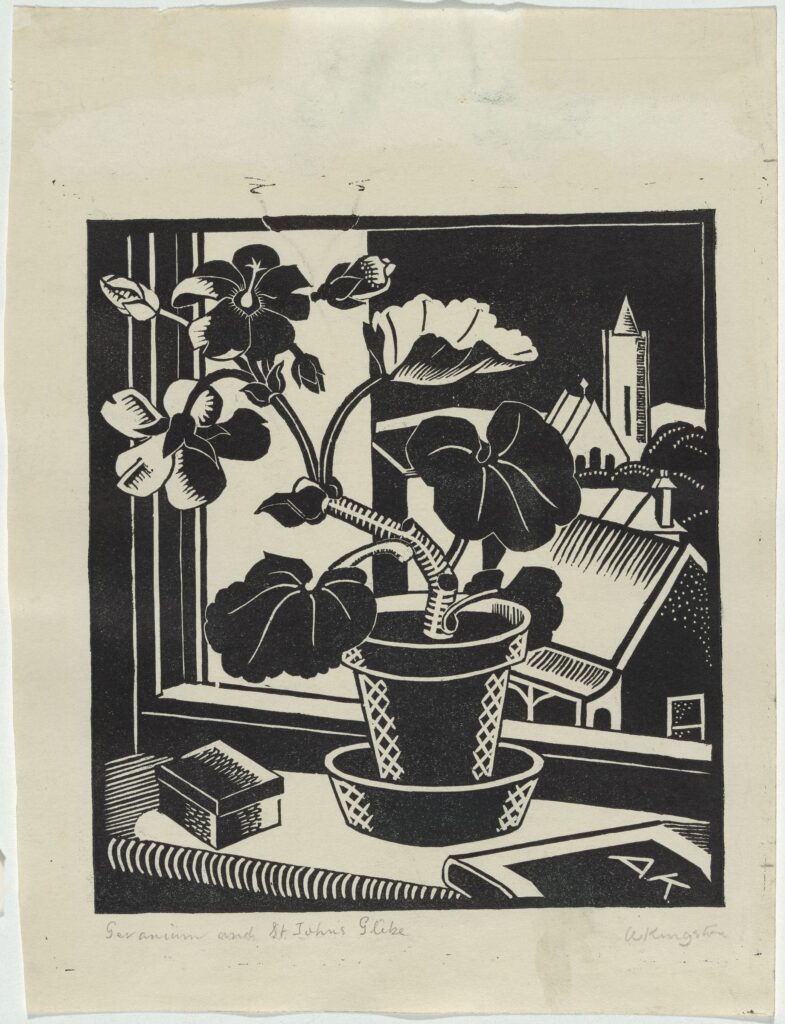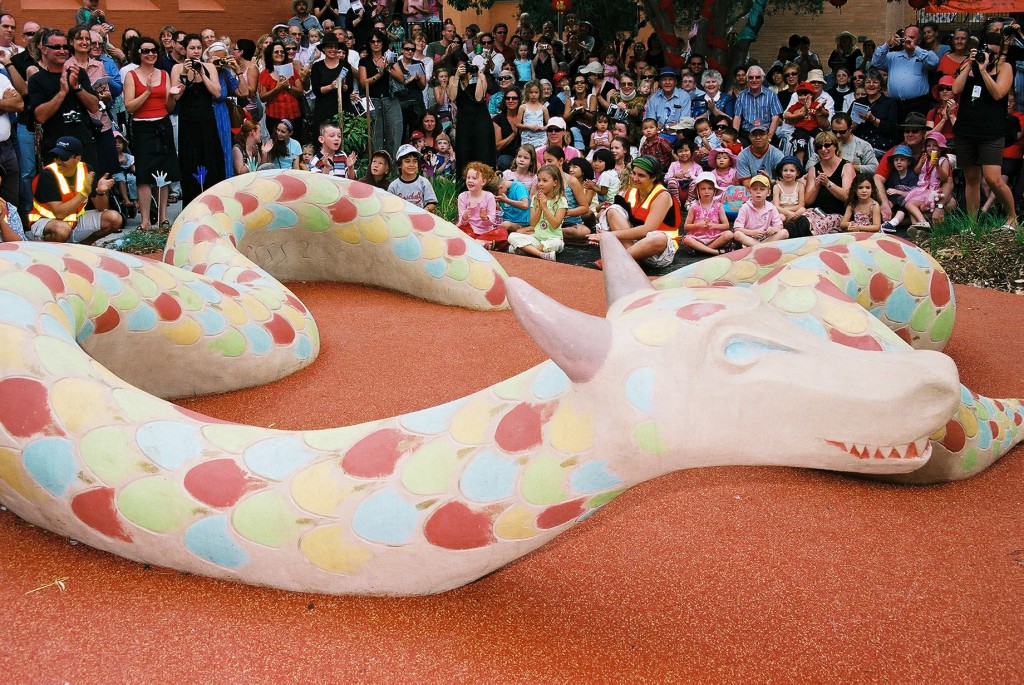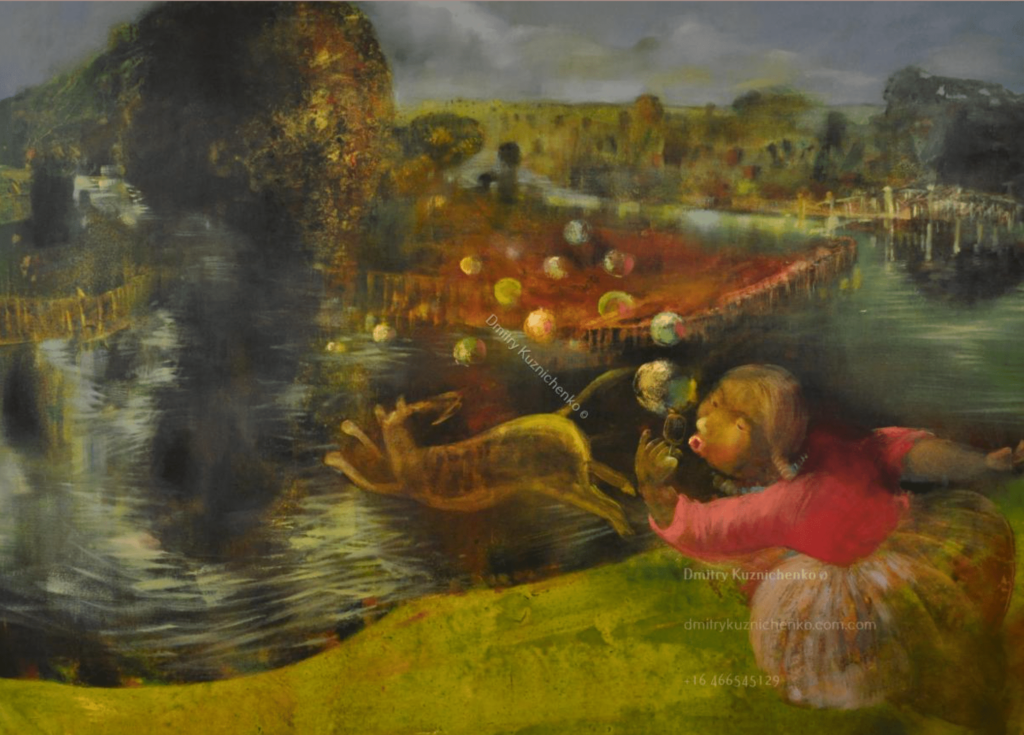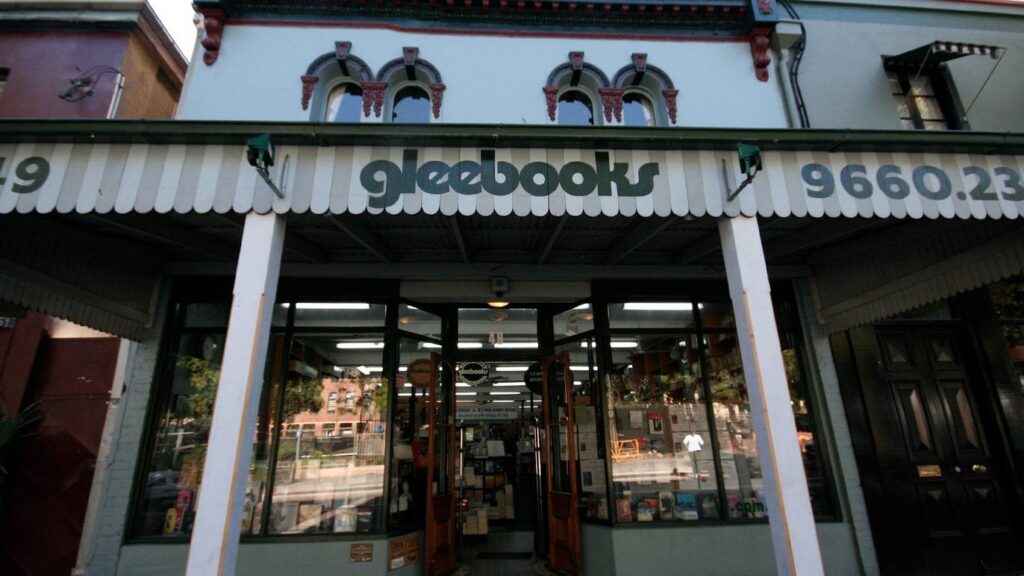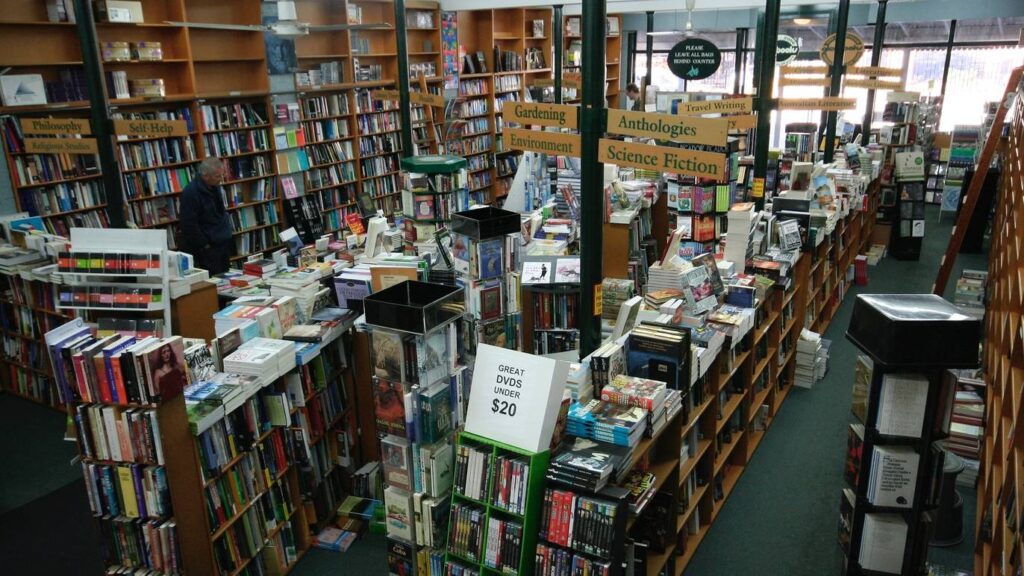This semester, I undertook two separate projects to assist the Hornsby Historical Society. Firstly, I wrote two 1500 word entries on the history of two of Sydney’s Upper North Shore suburbs – Beecroft and Cheltenham. This was part of a collaboration for a book on the local history of suburbs from the Hornsby shire. Secondly, I assisted in the society’s digitisation process by digitising severalaccession registers from the years 1994 – 2004 onto excel, as well as photographing artefacts for the register.
The entries on Beecroft and Cheltenham were strictly informative, with the aim of peaking interest and relevance to its readers. Nathan Tilbury, who invited me to work on the project, described it as a read which could be “completed easily over a morning cup of copy by interested locals”. These two entries argued towards the importance of local history by providing a quick overview of the development of local suburbs in an accessible way. I strived towards covering a range of local relevant topics, rather than focusing for too long on one aspect in order to capture the overview of the suburbs and made it as relevant as possible by providing present day evidence of locations and institutions discussed.
Nathan provided me with a sheet of possible topics to discuss. The guide mentioned institutions such as schools, sports clubs, churches and shopping centres as suggestions, all of which were included (where applicable) in my entries. I used secondary sources in order to gain an understanding of institutions and events, however also consulted primary sources (which I found in Hornsby library’s local archives) to reinforce important events. As the majority of the primary sources I used were newspaper clippings, they matched my writing style as they summarised important factors, rather than delving into a deeper analysis of the topic (as was done by some secondary sources). While books such as ‘Beecroft and Cheltenham: The Shaping of a Sydney Community to 1914’ by the Beecroft Cheltenham History Group were helpful for providing a consistent overview of information for Beecroft, I consulted a range of online sources such as the Hornsby Shire history page for information on Cheltenham. I also used images from the Hornsby Shire Recollect website, which provided me with visual information, which I thought would also be interesting for the readers.
This project is significant for local residents of the Hornsby Shire, as it will provide easy access to quick information about local suburbs, islands, national parks and landmarks. It will be useful and relevant to local residents, not just those with a background in literature or history, as it is descriptive rather than analytic, as well as quick and easy to read. The expected audience is made up of older residents who have lived locally for a number or years or have community involvement or interest. The format of the work – through short entries over a range of topics – will also effectively interest and capture the attention of the target audience.
I sent the entries to Nathan as a Word Document, and over the phone he explained to me that the work would be fact checked by an expert in those suburbs, and have the format edited to be consistent with the other suburbs by a co-writer of the book. The book is set to be published by the Hornsby Historical Society mid December 2020, and will be advertised at the local library, through Facebook and to local members of the society.
I also worked with Hornsby Historical Society representative Mari Metzke in assisting with the digitisation process for the museum accession register. Mari provided me with a USB containing scans of the accession register from the years 1994 – 2010, from which I managed to complete years 1994 – 2004. I additionally assisted in photographing some of the artefacts in the museum, which would later be included in the digital accession registers. In the provided scans, it was often difficult to interpret the handwritten component, either due to handwriting or a missing section in the scan (specifically in between the pages). I chose to be cautious when transferring and bolded any words I was unsure about so that Mari could double check my work. It will have a long term benefit for the Hornsby Historical Society, as existing data is much easier to find and organise in a digital format. I transferred the work from the scan of the register book, onto excel. From excel, Mari plans on transferring it onto a software which organises the societies accession registers.
Mari expressed her need for assistance with the digitisation process, and the volunteers at the society are often pressed for time. The work I have done on excel with be held privately by the society and will further be expanded upon as more accession registers are digitised. Due to time restraints, I have not been able to successfully finish all the accession registers which have been provided to me by Mari (the total amount exceeds the requirements of the Capstone Project).
Overall, the work done in this unit will be displayed both publicly (through the publication of the book) and privately (within the accession registers) and has benefitted the Hornsby Historical Society.





